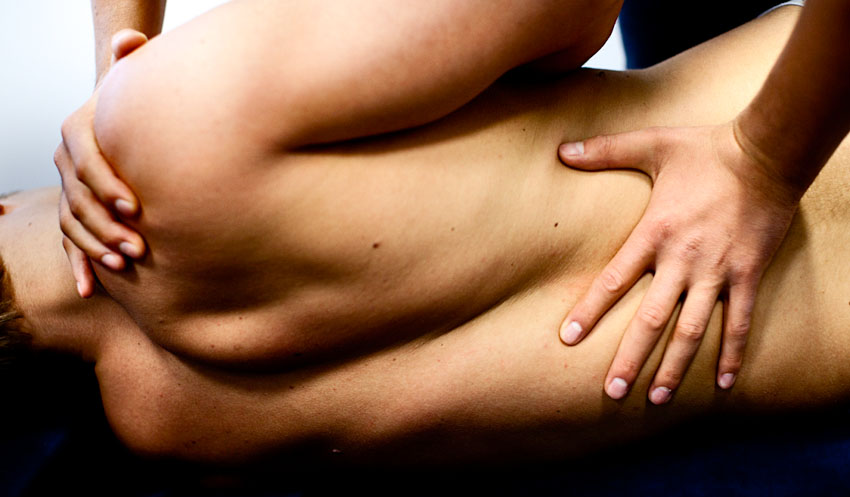
Spinal manipulation has been well documented in the writings of Hippocrates and in traditional Chinese medicine (TCM).
In Western society, spinal manipulation began in 1874 with the development of osteopathic medicine by a frontier doctor named Andrew Taylor Still MD. This school of medicine, as he developed it, it has trained osteopathic physicians certified in its medical and surgical subspecialties. Osteopathic physicians are complete physicians who, in addition to traditional medical and surgical approaches, use osteopathic principles and practice in the management of their patients. Part of their philosophical approach is to recognise that structure and function are interrelated, and their practice includes the judicious use of osteopathic manipulative medicine. These techniques attempt to normalise problems within the musculoskeletal system, thereby improving the body’s balance.
Another form of manipulation was developed in 1895 by David Daniel Palmer, a local magnetic healer, and a student of Dr Still’s. Palmer termed his healing art “chiropractic”, from the Greek words chiro and praktikos, meaning “done by hand”. Chiropractors are not physicians in the traditional sense of the term; they do not practice medicine or surgery. They do not prescribe medications. Chiropractors treat misalignments, or subluxations, within the spinal column, that they believe cause problems within the nervous system, thereby leading to disease. Chiropractors treat these subluxations with manipulation of the spine and may use adjunctive therapies such as heat, electrical stimulation, and ultrasound.
Both of these approaches grew and developed their own systems of accreditation. Most patients who receive manipulation today are treated by one of these two groups of healers. However, TCM also offers spinal manipulation and has a long and safe history.
The public tends to have a narrow concept of manipulation. High-velocity, low-amplitude techniques, typically referred to by lay persons receiving manipulation as having my “neck cracked,” is the most common perception of cervical manipulative techniques. In fact, within all schools of manipulation, this is far from the truth. The thrusting technique (high-velocity, low-amplitude manipulations) is only one form of therapy that may be used. Other manipulative techniques, such as myofascial release, strain/counterstrain, and muscle energy techniques, may be used instead of the common thrusting procedures. These techniques tend to focus on soft tissue structures.
Patients seeking any form of manipulation should do their homework on the proposed providers and techniques used, in order to find competent practitioners capable of performing such procedures as safely as possible. The risks and benefits must be carefully analysed. Just as one chooses their surgeon carefully, so too must a patient evaluate any practitioner who would attempt manipulation.